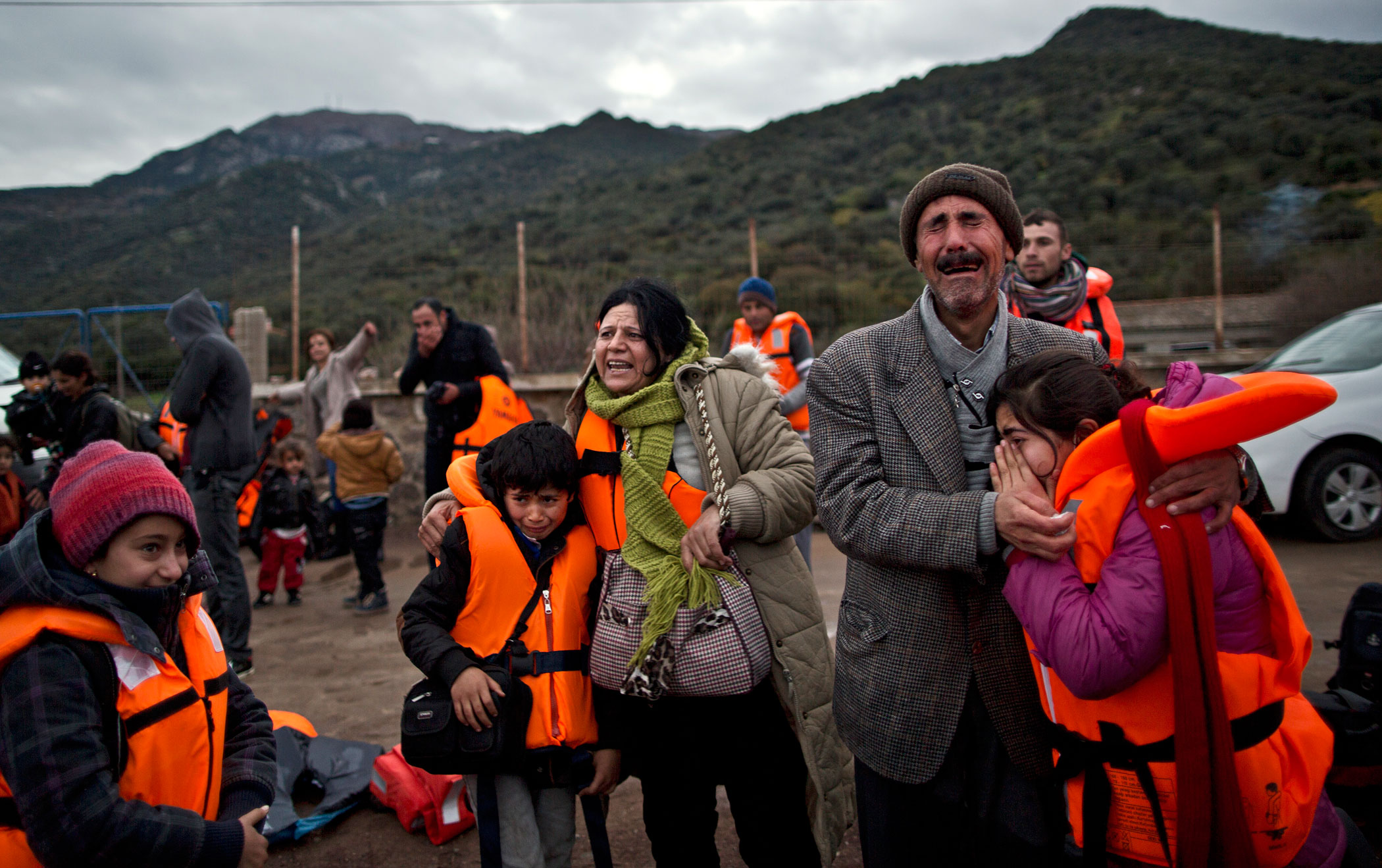
It’s a scene that has become all too familiar. An unseaworthy vessel aiming for the Greek island of Lesbos comes ashore, with its precious cargo of migrants and refugees fleeing poverty, conflict or persecution in search for better lives in Europe. Those aboard disembark after the short but treacherous trip from Turkey, and are soon met by photographers ready to capture their emotional arrival. Many times, the interactions end there. Names aren’t exchanged. More boats arrive.
Muhammed Muheisen, the Associated Press’ chief photographer for the Middle East, Pakistan and Afghanistan, has dedicated much of his career to documenting the roots and consequences of conflict, focused mostly on refugee issues. In September, knowing the dire conditions for refugees who can’t afford to escape those regions, Muheisen went to Europe to see for himself the impact of the year’s unprecedented arrivals — now more than 1 million. He began in Hungary, then shadowed the refugees darting through the Balkans to Austria and Germany, then went to Greece. When he returned in November, his goal was to follow a family from their landing spot on Lesbos to their new home, capturing everything along the way.
The first two families he tried didn’t work out: one backed out and he lost the other at the Greek-Macedonian border. On Dec. 3, as another boat arrived to Lesbos, he began to make pictures. Back on the shore, he observed a man and woman, tearfully embracing young children. After making a few frames, he approached the man and asked where they were from. The man, named Samir Qasu, replied that he, his wife and their four children were of the Yezidi ethnic minority from Iraq.
As with any story, a shared language is crucial in such a chaotic situation, Muheisen tells TIME. When they hear a familiar welcome, or marhaba, “it opens doors.”
[Witness the Resilience of Thousands of Refugees on Their Way to Europe]
Samir told Muheisen that his family fled in August 2014 after hearing that ISIS militants were approaching Sinjar. Along with his family and neighbors, Samir left for the border with Turkey.
Life in Turkey wasn’t easy, Muheisen was told. They stayed out of refugee camps, but Samir could not legally work and, as Yezidis, they always felt intimidated, never safe. The Qasus stayed in Turkey for more than a year but, this fall, decided to make a bid for Europe and paid a smuggler to arrange the trip.
Muheisen told Samir that he had twice tried to document a family’s journey through Europe. It was the only way for outsiders to understand what they would go through and could help represent what thousands of other families endure. “They did not hesitate for a second,” he recalls.
There was a possibility that they would back out like the others had done. “It’s the relationship that gets created step by step with time,” he says. “You prove yourself to the family.” Thinking back to the earlier families, he admits, “I didn’t get their trust yet. It was too soon. They weren’t ready.”
The man introduced Muheisen to his wife and children, and they exchanged numbers. Mobile phones are the primary means of communication, and there were a number of refugee-only points that Muheisen couldn’t access. And while most refugees don’t quite know where they are on the trail, many times just following the pack until they reach their destination, Muheisen, who in recent months had grown familiar with the route, became a key source of information for them.
[See How Germany Welcomes Thousands of Refugees]
What followed was a week-long journey from the edge of Europe, up through the Balkans, over into Hungary and Austria, then finally into Germany. Much of the travel was at night. Muheisen kept in contact with them, driving alongside their trains or buses and meeting them again at every possible point. Sometimes he hit walls — a delayed ferry, refugee-only transportation, locations off-limits to journalists — but it was largely smooth. “I had to be one step ahead to make sure to be side by side with the family,” he says.
Muheisen was there for the border crossing between Greece and Macedonia and downtime between transportation. He attended a family dinner at a gas station restaurant in Austria and witnessed the family’s arrival in Germany in early December.
In just a week, Muheisen says, the family started to feel like “people I knew my whole life because every time I met them, I heard more about their story.” And he shared with them, too, stories about his past and his work. “There’s no way to tell a story like this than to be a part of it,” he says. “It wasn’t about how the pictures are strong, or how the pictures are framed, or the light. It was about how to tell the story of this family from A to Z, the way I saw it, I heard it, I lived it, myself.”
The Qasus settled into temporary housing in Heidelberg. Muheisen was only granted limited time there, so they parted soon afterward. But he and Samir still talk on the phone. “Every time I think of Samir, I’m still in it,” says Muheisen. “You don’t just move on or switch [to] another story. He always tells me family comes first, family is the most important thing. Now, when I sit down and think through it, I see the hero in him.”
Muhammed Muheisen is the Associated Press’ chief photographer for the Middle East, Pakistan and Afghanistan. Follow him on Instagram @mmuheisen.
Andrew Katz is TIME.com’s International Multimedia Editor. Follow him on Twitter @katz and Instagram @katzandrew.
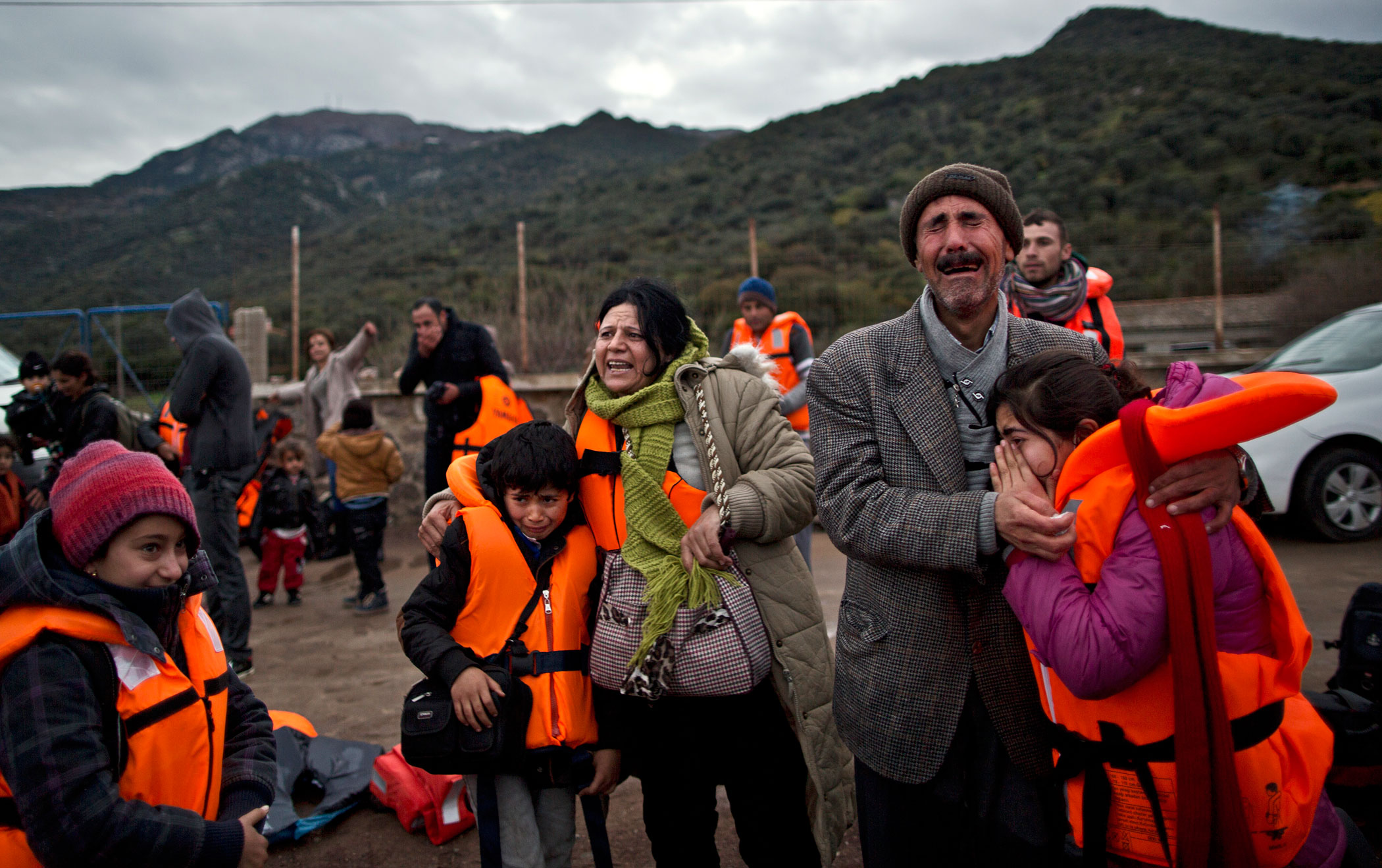

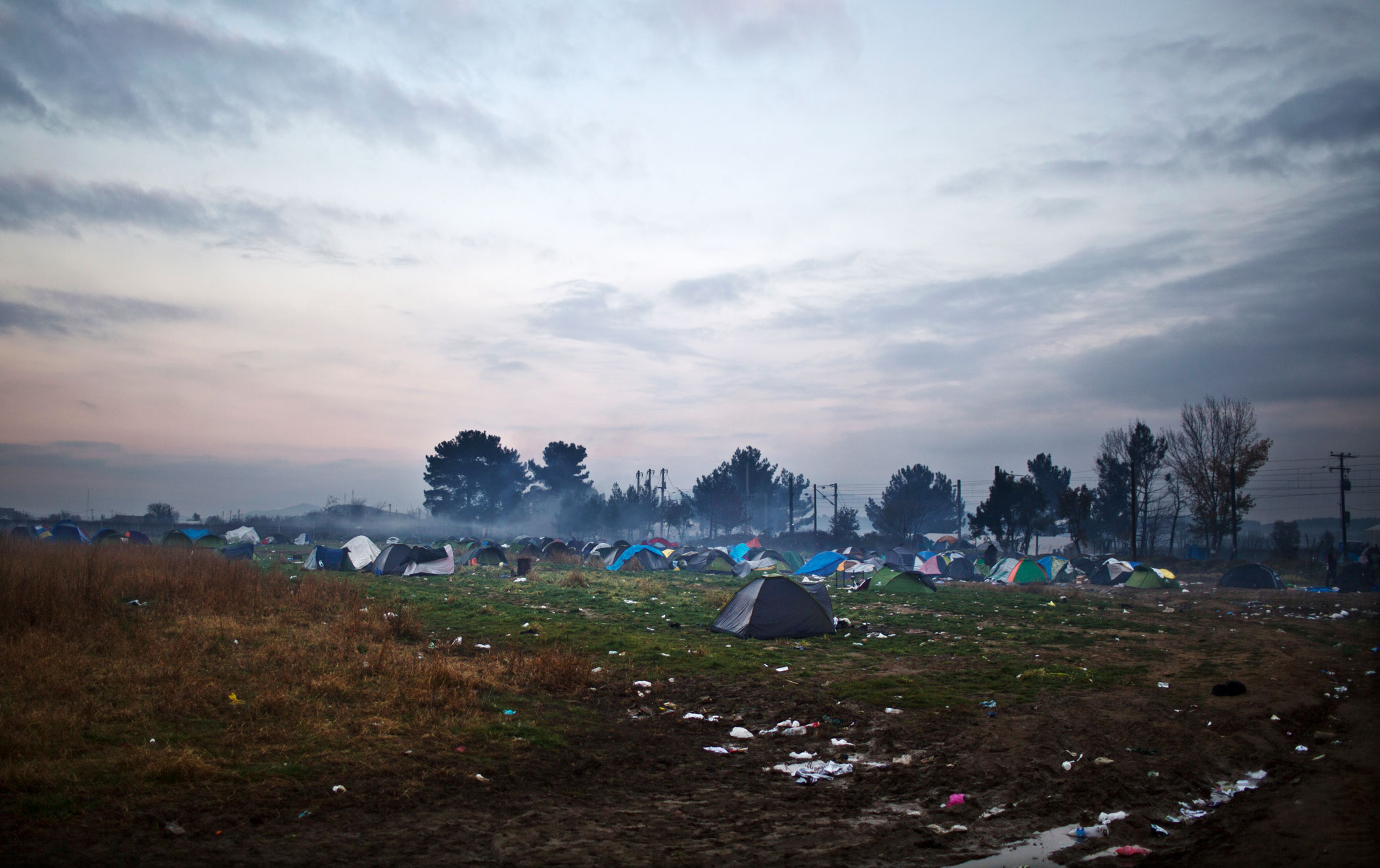
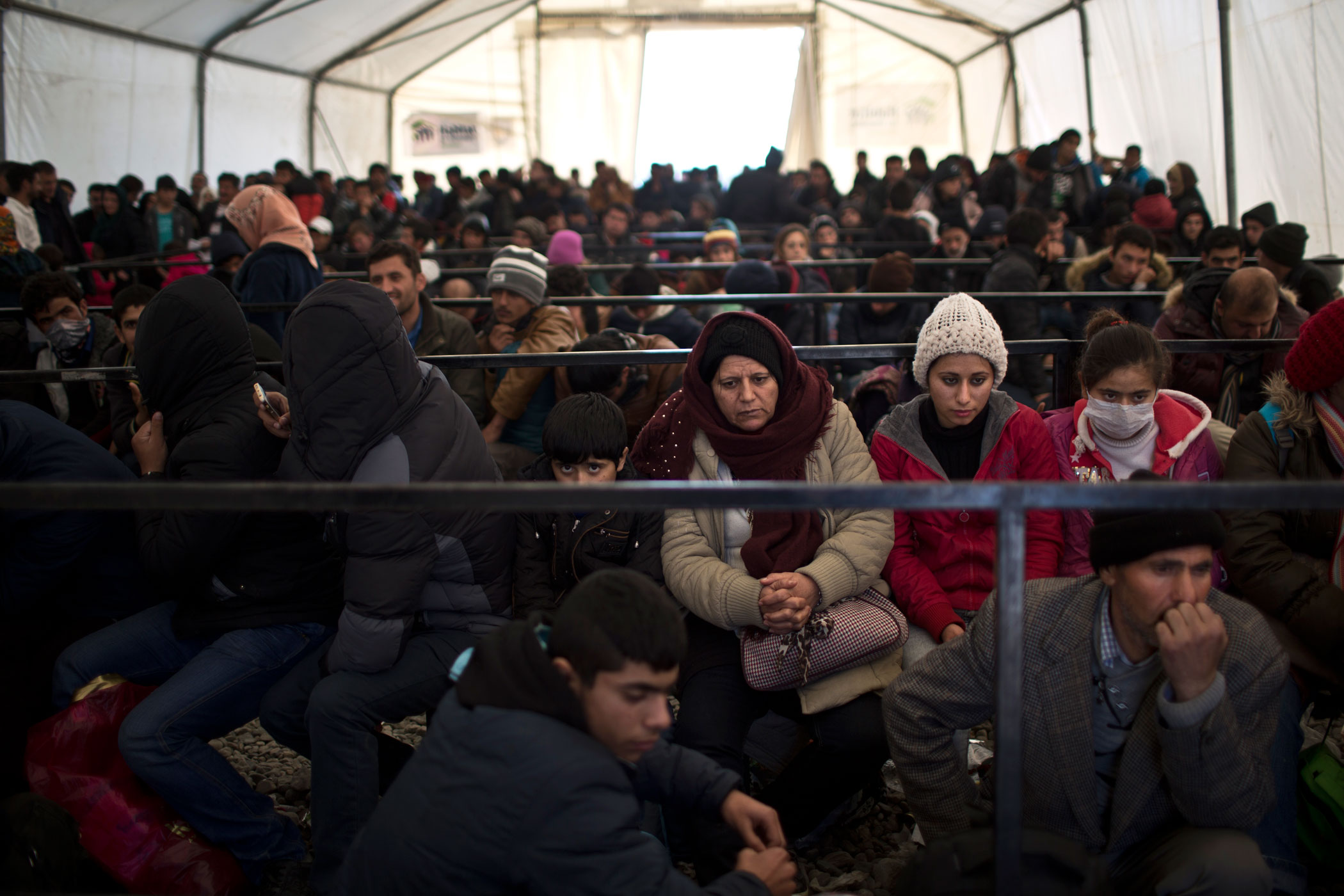

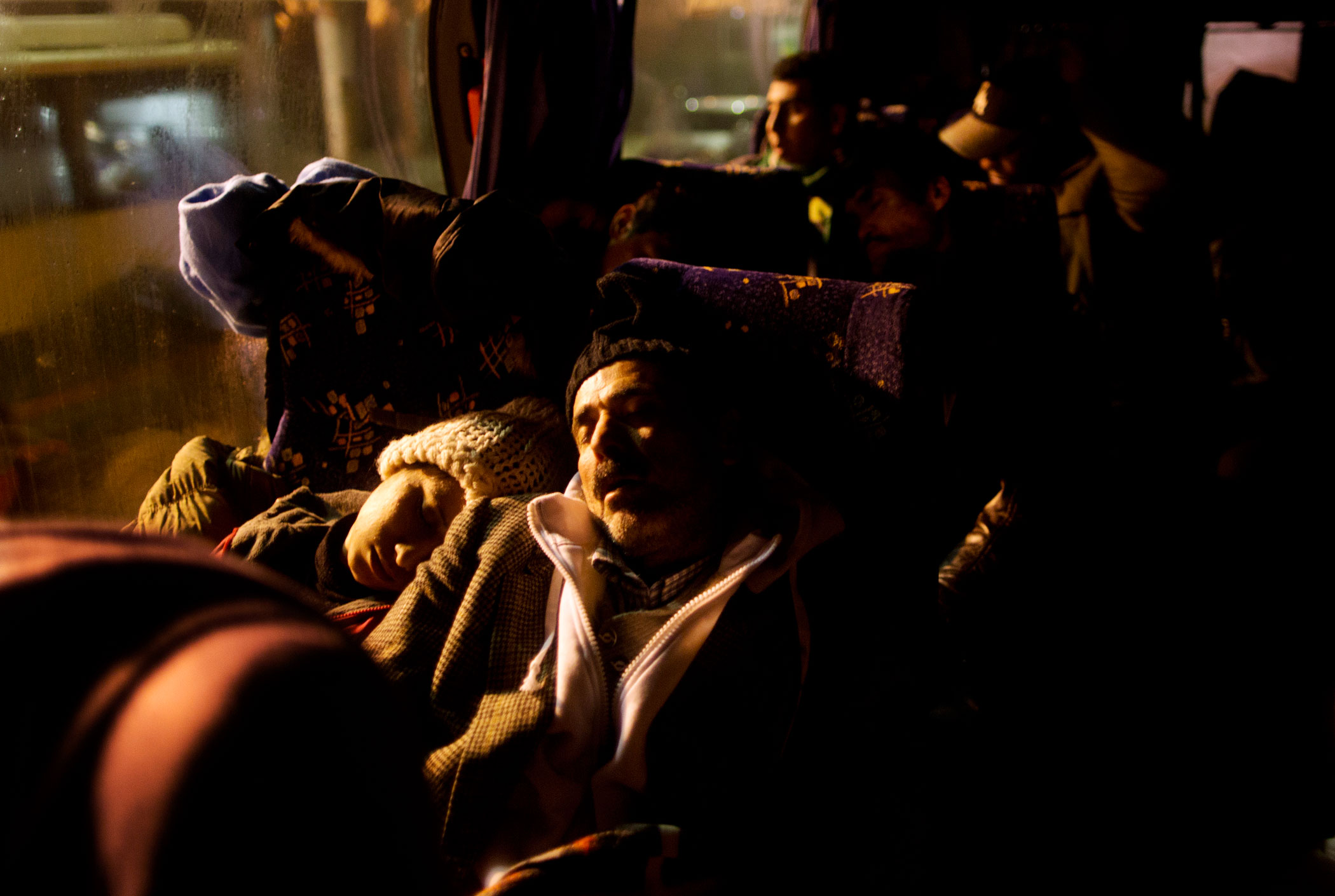
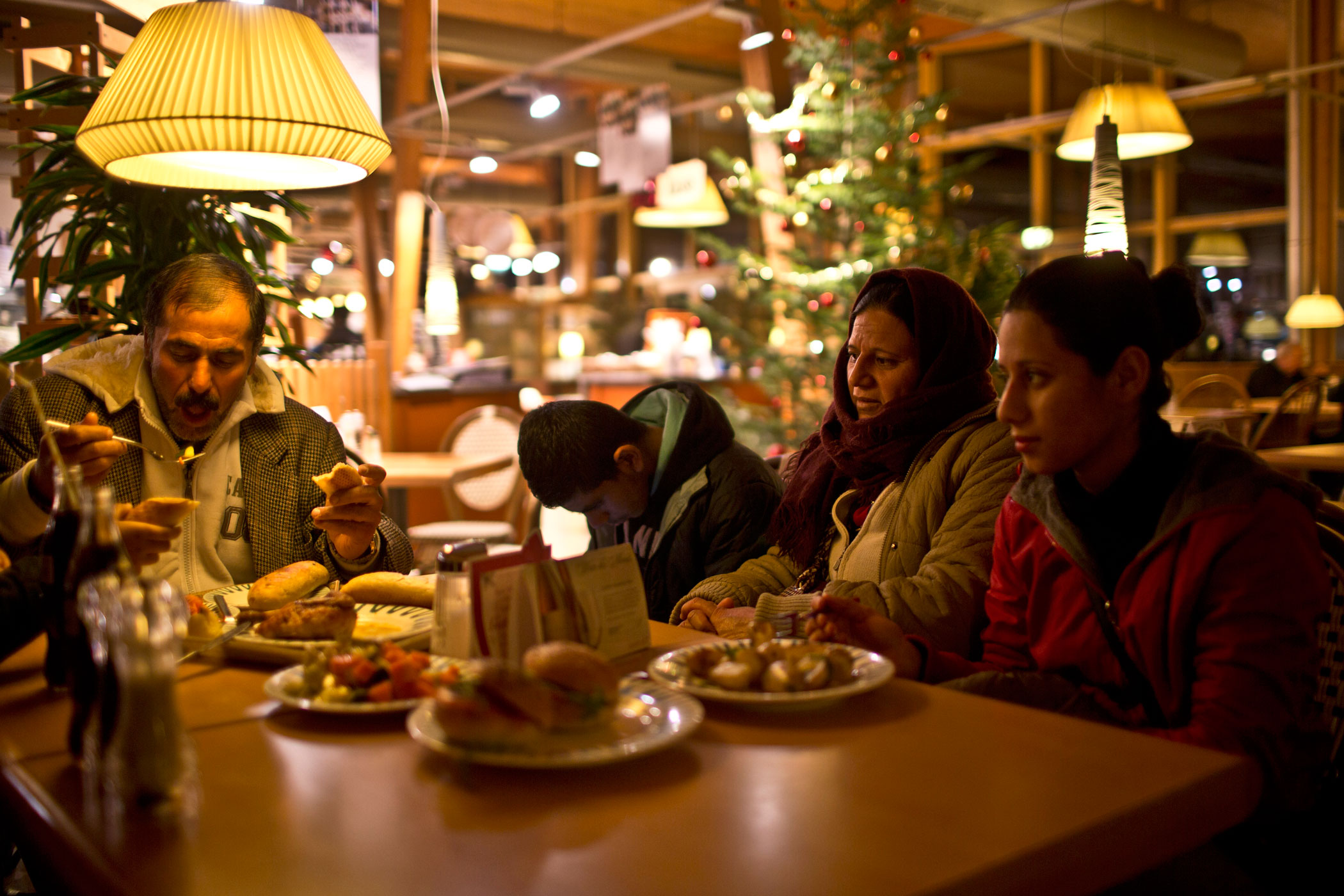
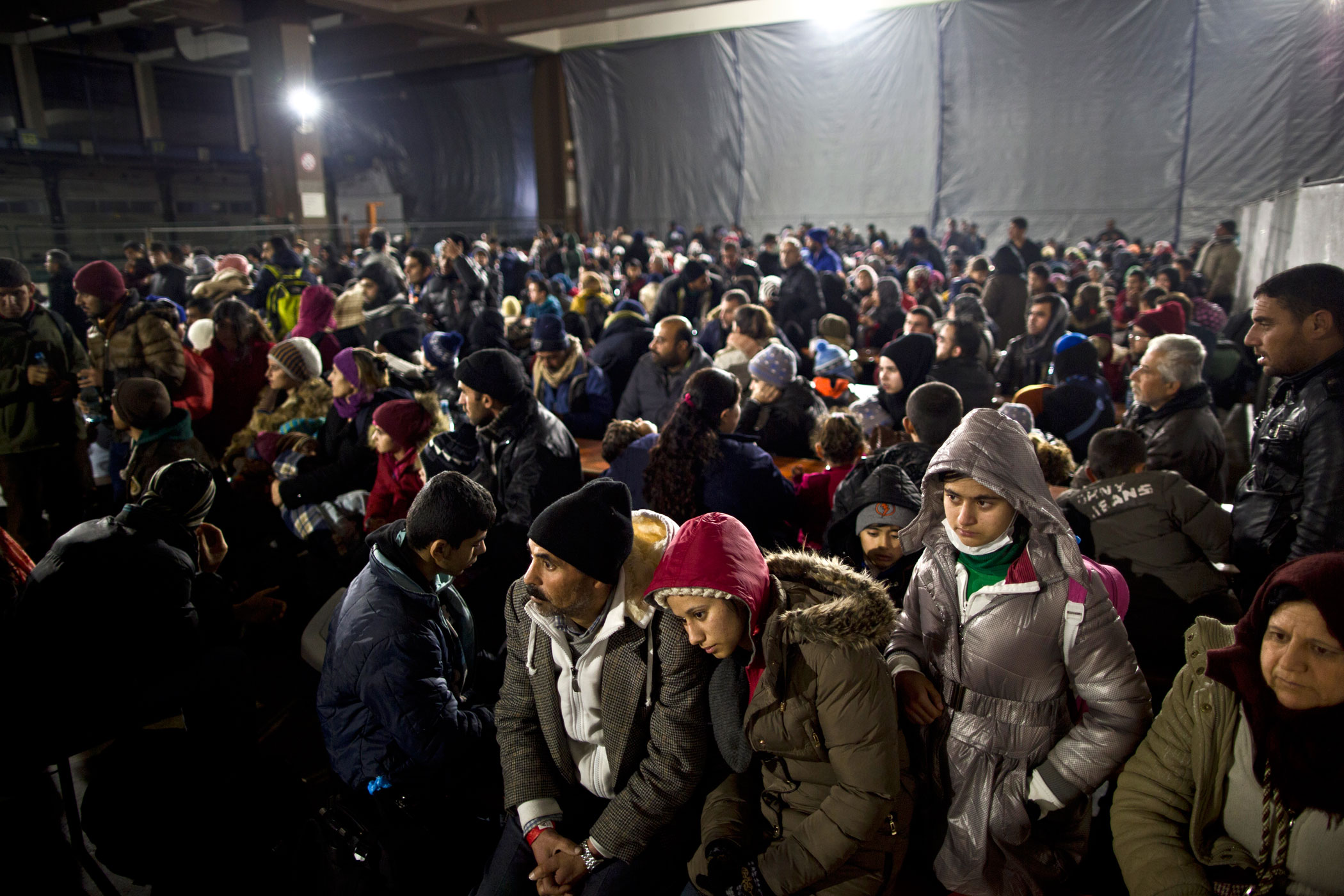

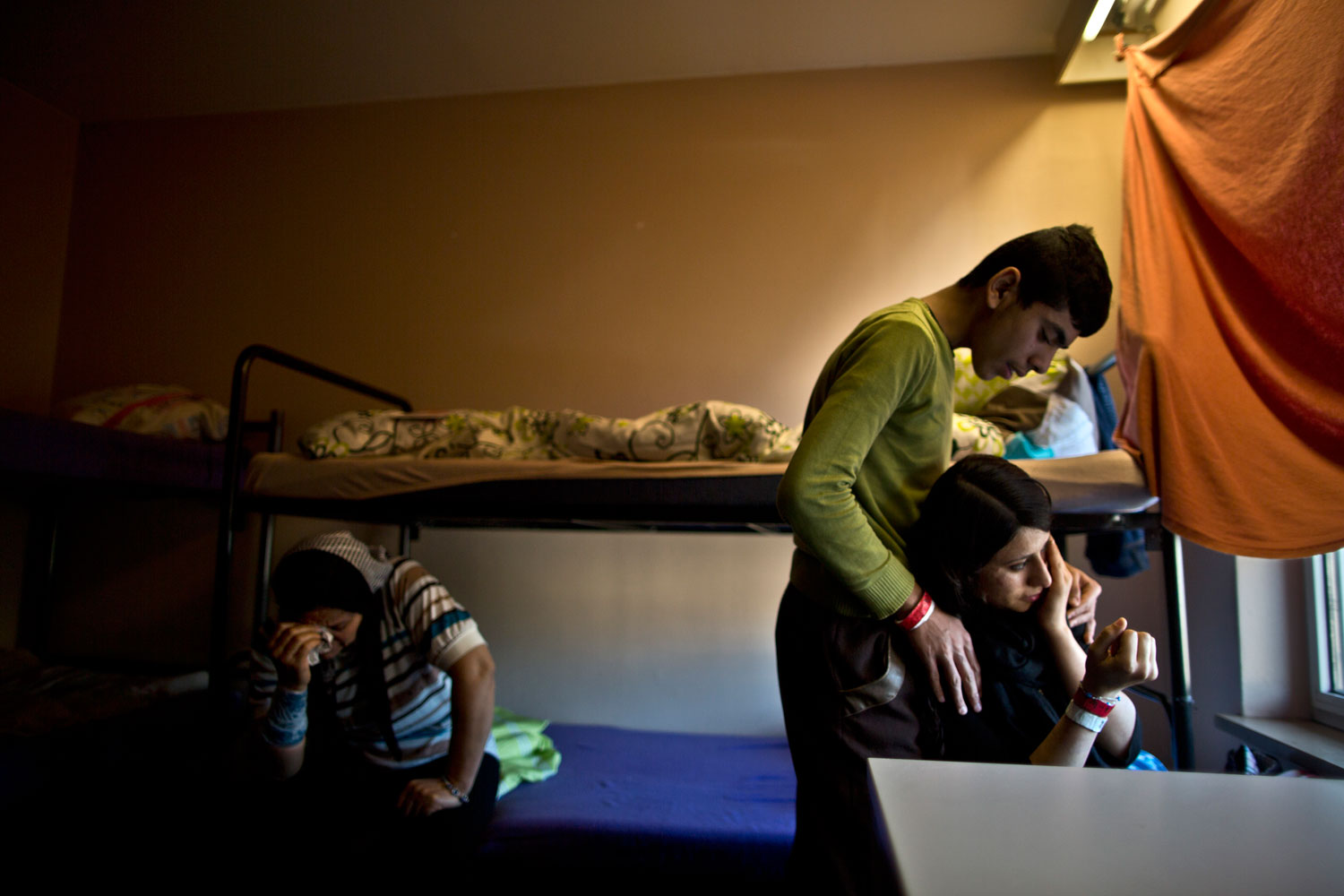
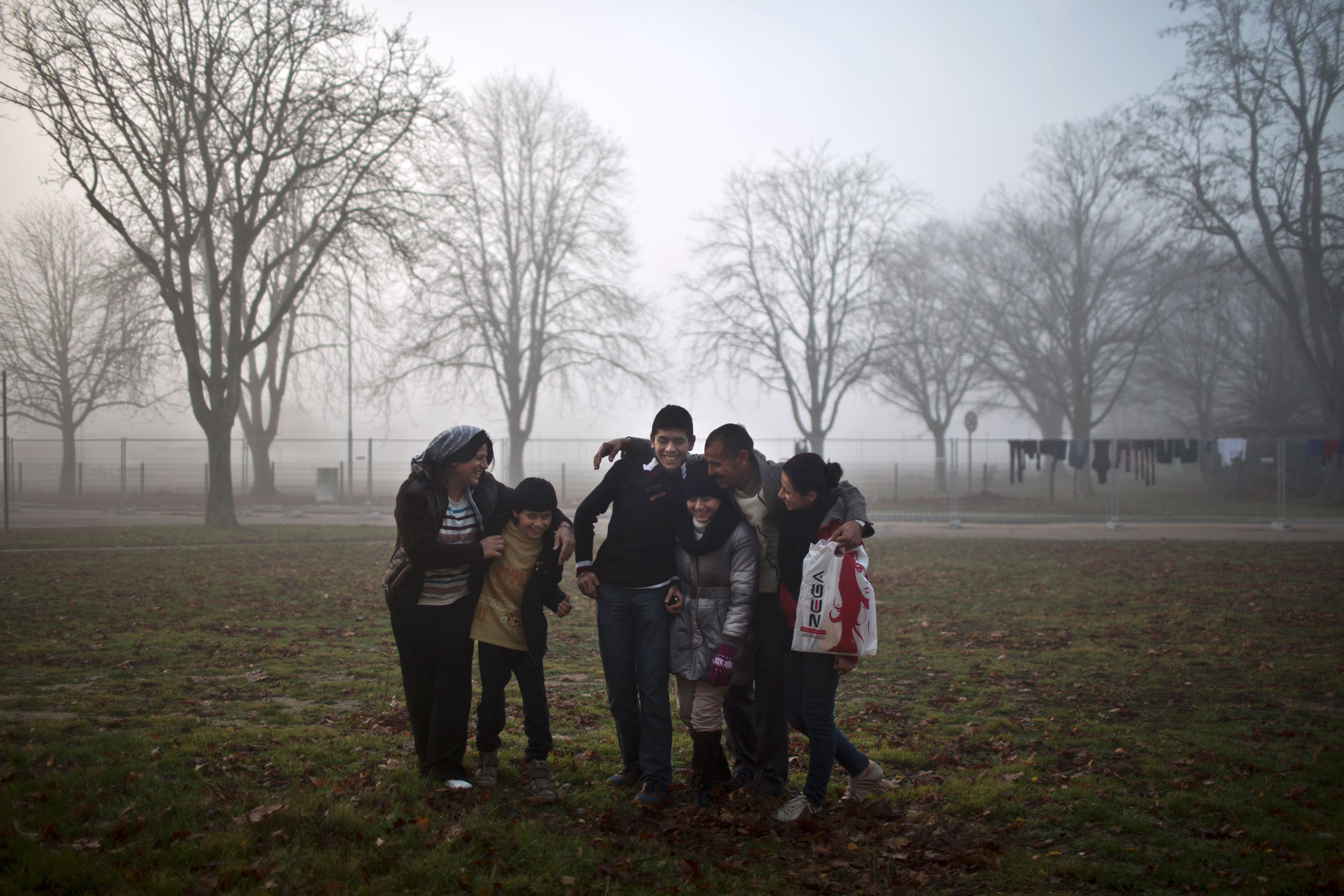
More Must-Reads from TIME
- Donald Trump Is TIME's 2024 Person of the Year
- Why We Chose Trump as Person of the Year
- Is Intermittent Fasting Good or Bad for You?
- The 100 Must-Read Books of 2024
- The 20 Best Christmas TV Episodes
- Column: If Optimism Feels Ridiculous Now, Try Hope
- The Future of Climate Action Is Trade Policy
- Merle Bombardieri Is Helping People Make the Baby Decision
Contact us at letters@time.com